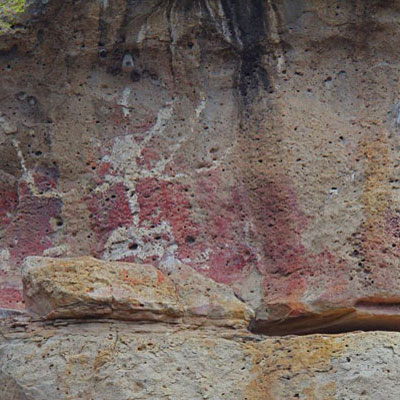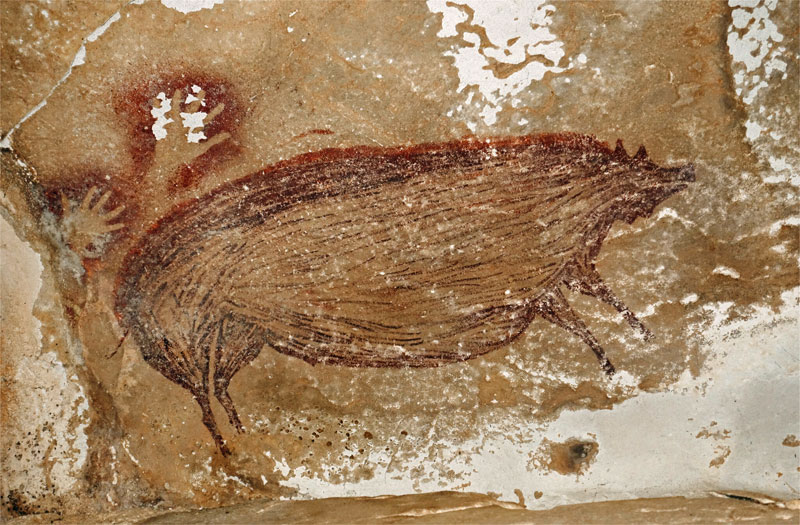If stones could speak
The asteroids would say
In their squeaky voices
“Look out!”
The moon would drawl
John Wayne style as it sauntered along.
Mountains would bellow like bears,
Hills hiccup.
The buttes, crags and mesas would echo
Words of comfort to the canyons
While the pebbles in the valleys below
Would grumble harumph harumph harumph.
And the earth would shriek
Enough!
But stones cannot speak.
So the asteroids glide by soundlessly
In complicated fields of gravity
While the moon directs the tides
With the audacity of Moses’ silent staff.
The mountains suck the snows
Into manifold rivulets that water
The shining City upon the hill
Without even the capacity to burp.
What say you buttes, crags and mesas?
Cat got your tongue?
Or is it the beast,
It’s hour come round at last,
Man grub, grit and drub dung.
In that cavern, that deep cave
Whose hand pushes the wild pig?
What Shakespeare or Scheherazade
Gives voice to stone?
Who drew the petroglyph
On the escarpment
At Guilá Naquitz?
If stones could speak
Would they not say
In the beginning was star dust,
And the star dust was made stone
Left alone to glisten?
Hypocrite reader—my twin—my brother
Listen.
NOTE:
The painting at Leang Tedongnge in Sulawesi, Indonesia made at least 45,500 years ago provides earliest evidence of human settlement.
NOTE 2:

Petroglyph near cave where oldest cultivated corn was found in Oaxaca, Mexico, photo courtesy of Rene Cabrera, Las Bugambilias Tours
As we approach Yagul, Luis points out a cliff face with a huge pictograph painted in white over a red background, an abstract design; and above it a giant stick figure, a man. It looks remarkably fresh, almost new—who would guess it was a thousand years old? I wonder what the image means: Was it an icon, a religious symbol of some kind? A warning to evil spirits, or invaders, to keep away? A giant road sign, perhaps, to orient travelers on their way to Yagul? Or a pure, for-the-love-of-it pictographic doodle, a prehistoric piece of graffiti? Oliver Sachs, Oaxaca Journal
Archaeologists have found nearly 100 caves and rock shelters in the Central Valley of Oaxaca near the ancient cities of Yagul and Mitla. They contain evidence of pre-historic human habitation. Many contain paintings and other rock forms of graphic representation. Several of their contents include ceramics and stone tools. The Guilá Naquitz cave has some of the best evidence for the domestication of corn and squash which dates back more than 10,000 years. Human occupation of the caves dates back to 8000 BCE.


Nice. Made me recall another stone poem from Charles Simmic, about the light inside stones.
Thank you. Charles Simic is a real poet, Think in the Morning only a novice. It’s an honor to be mentioned in the same sentence. My favorite of his poems is The Infinite which I posted here:https://thinkinthemorning.com/poems-14/